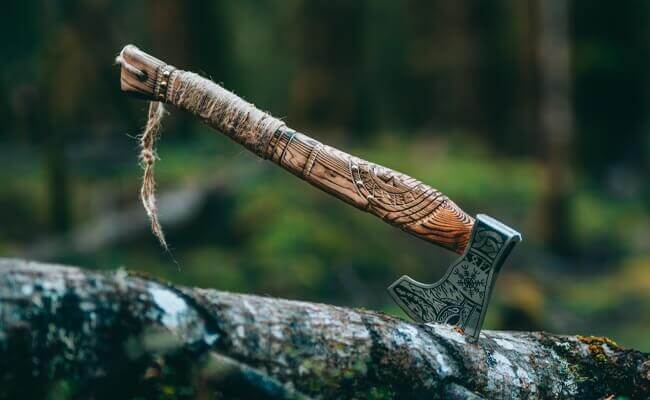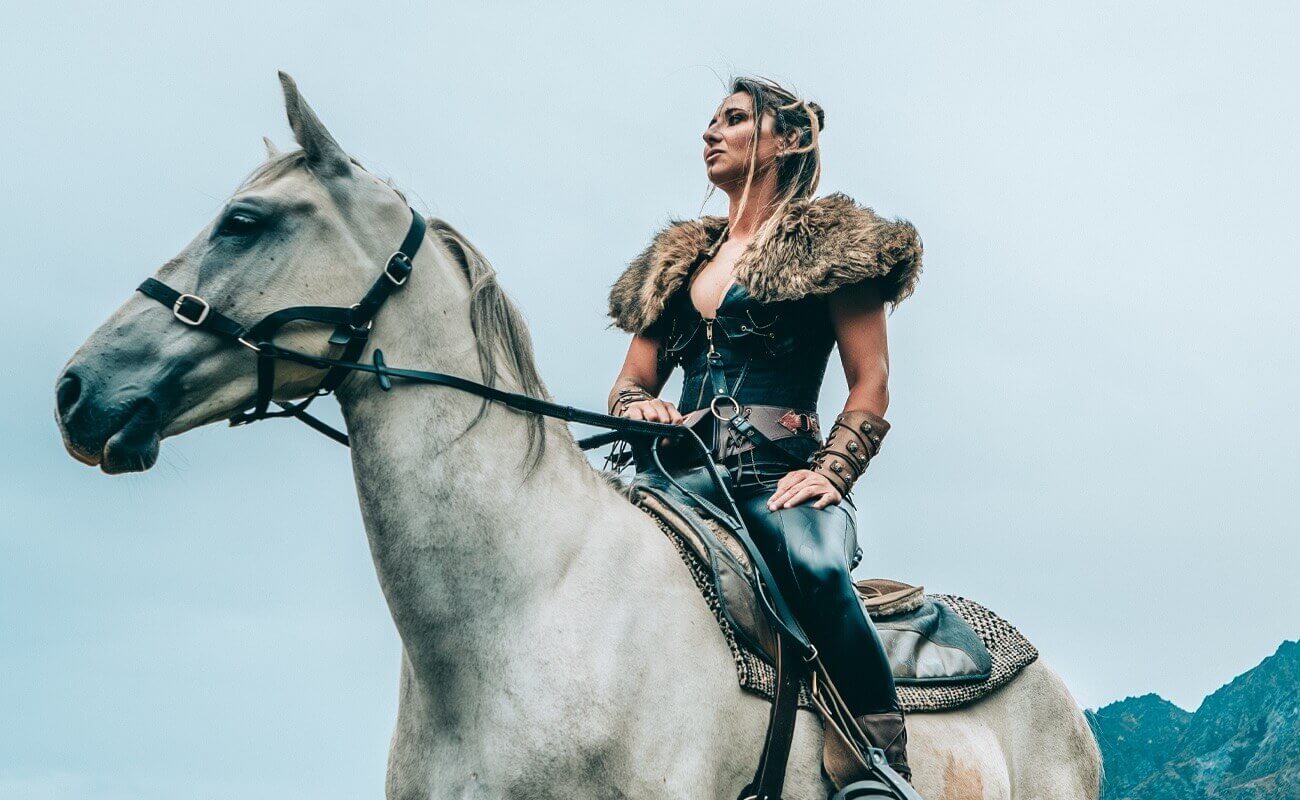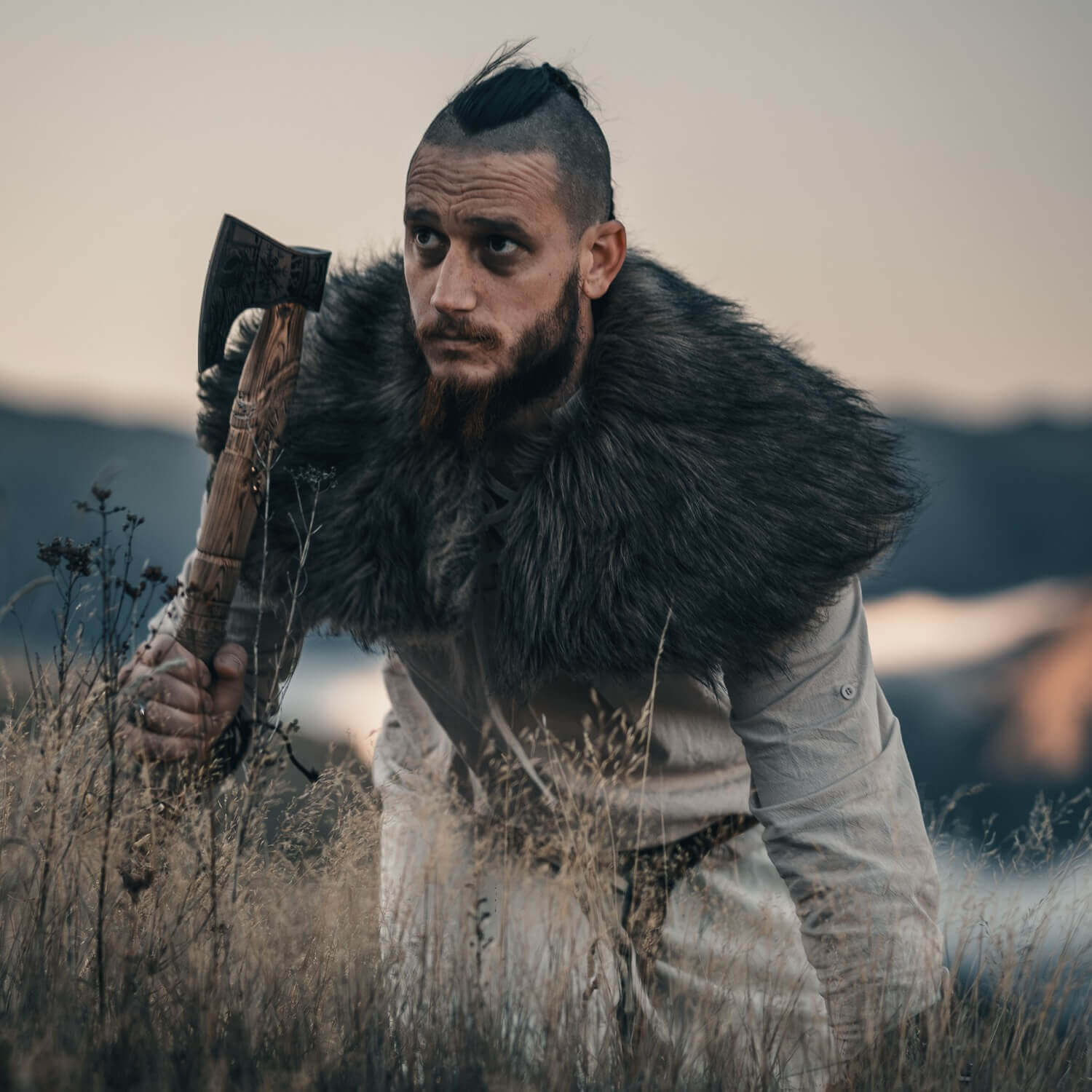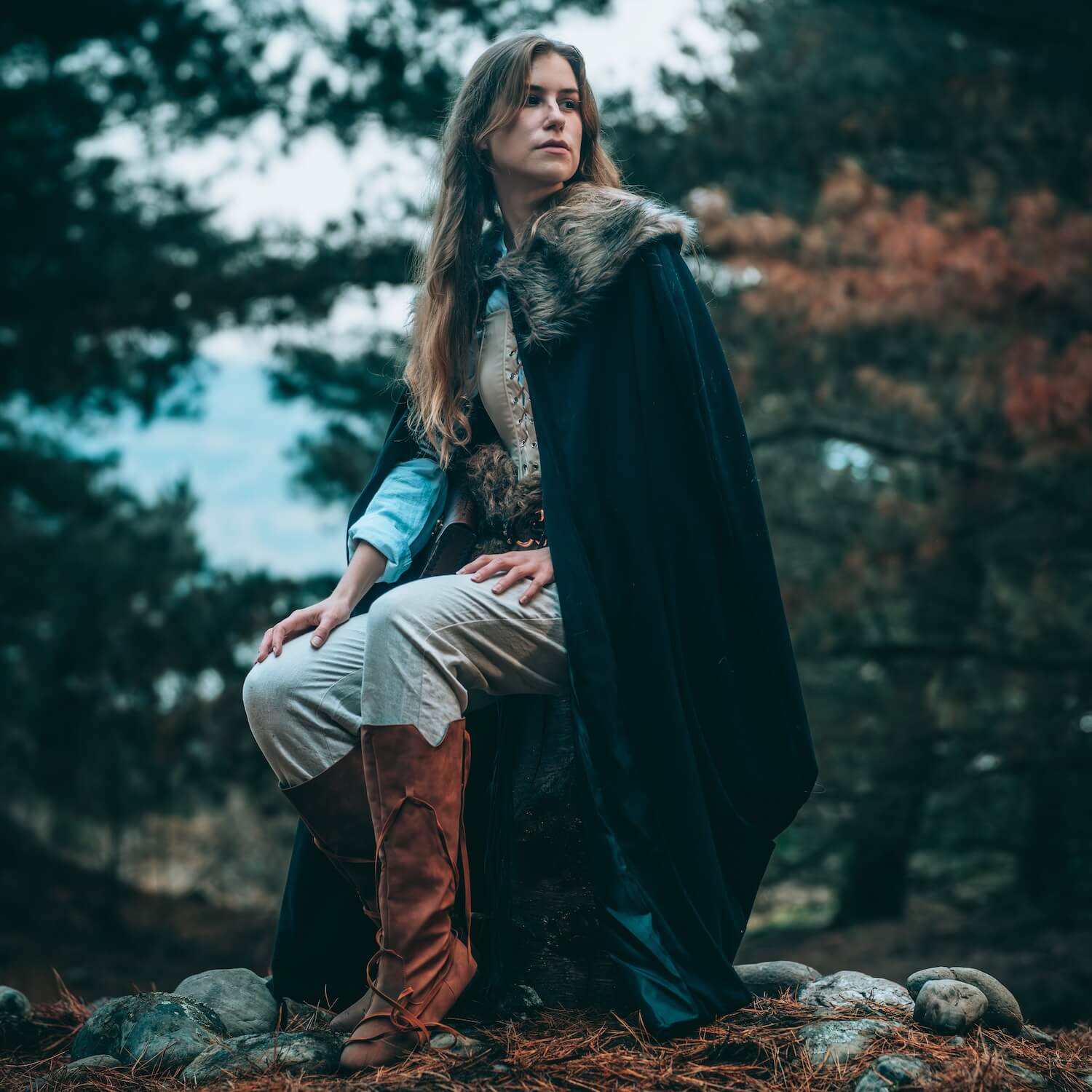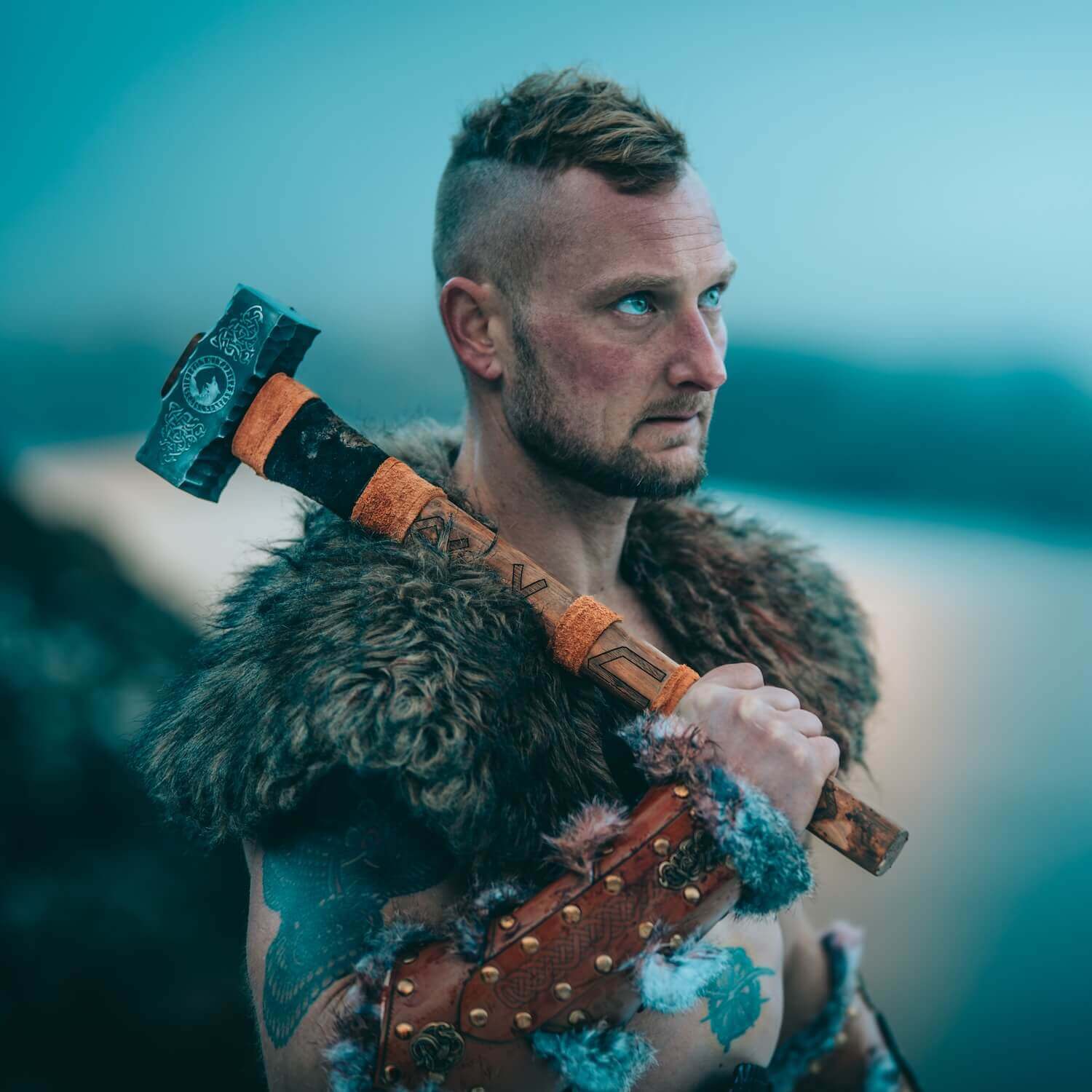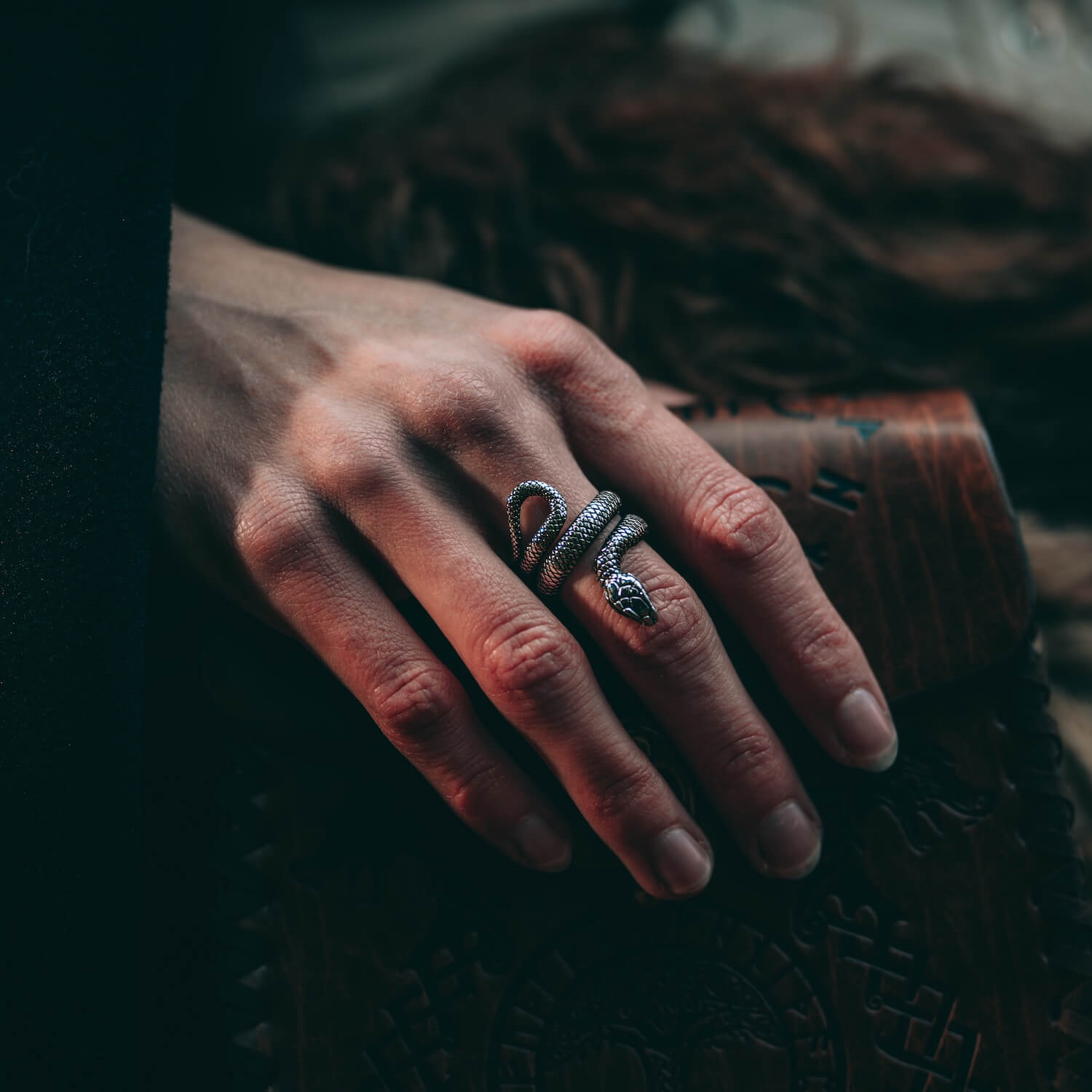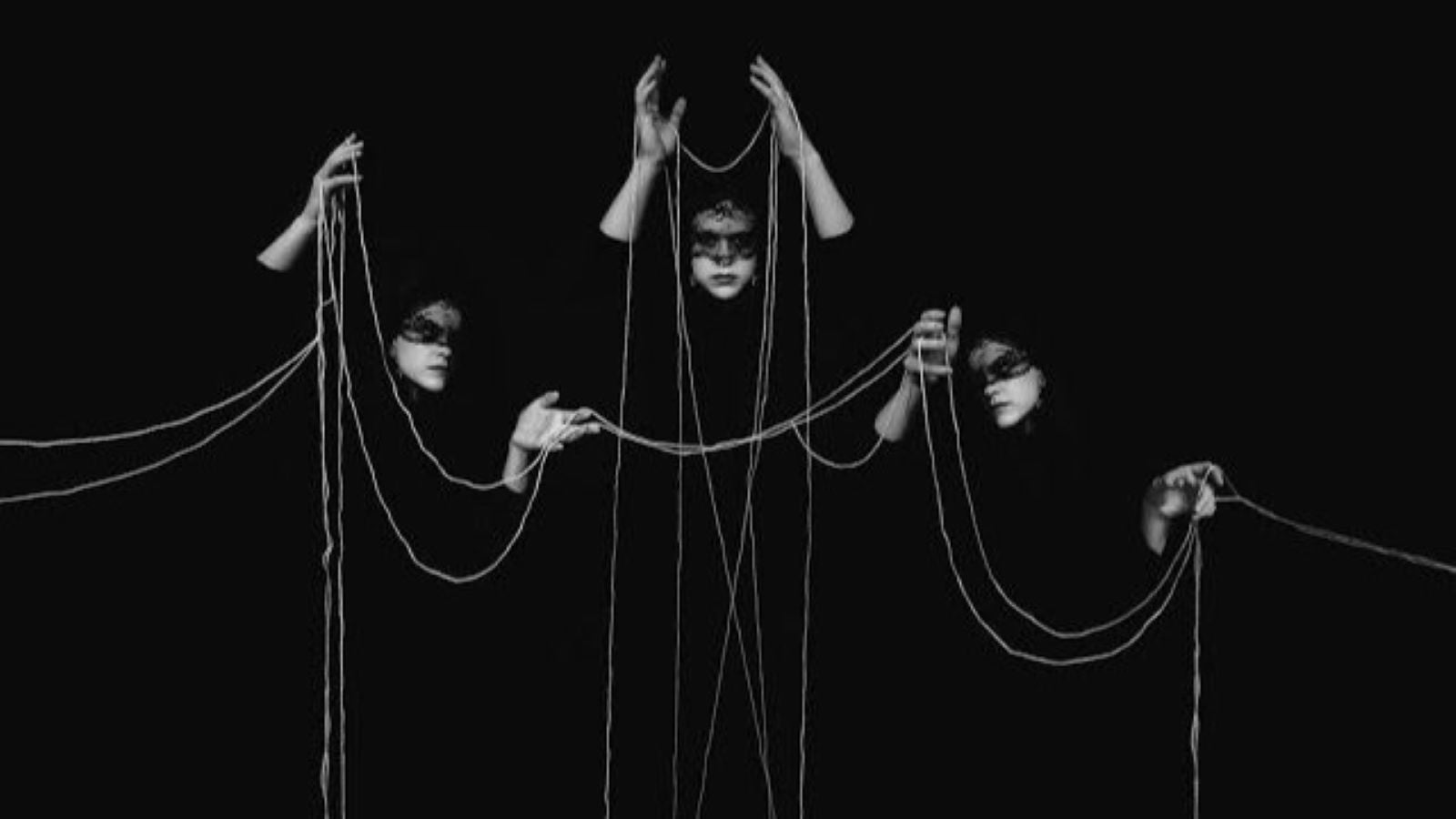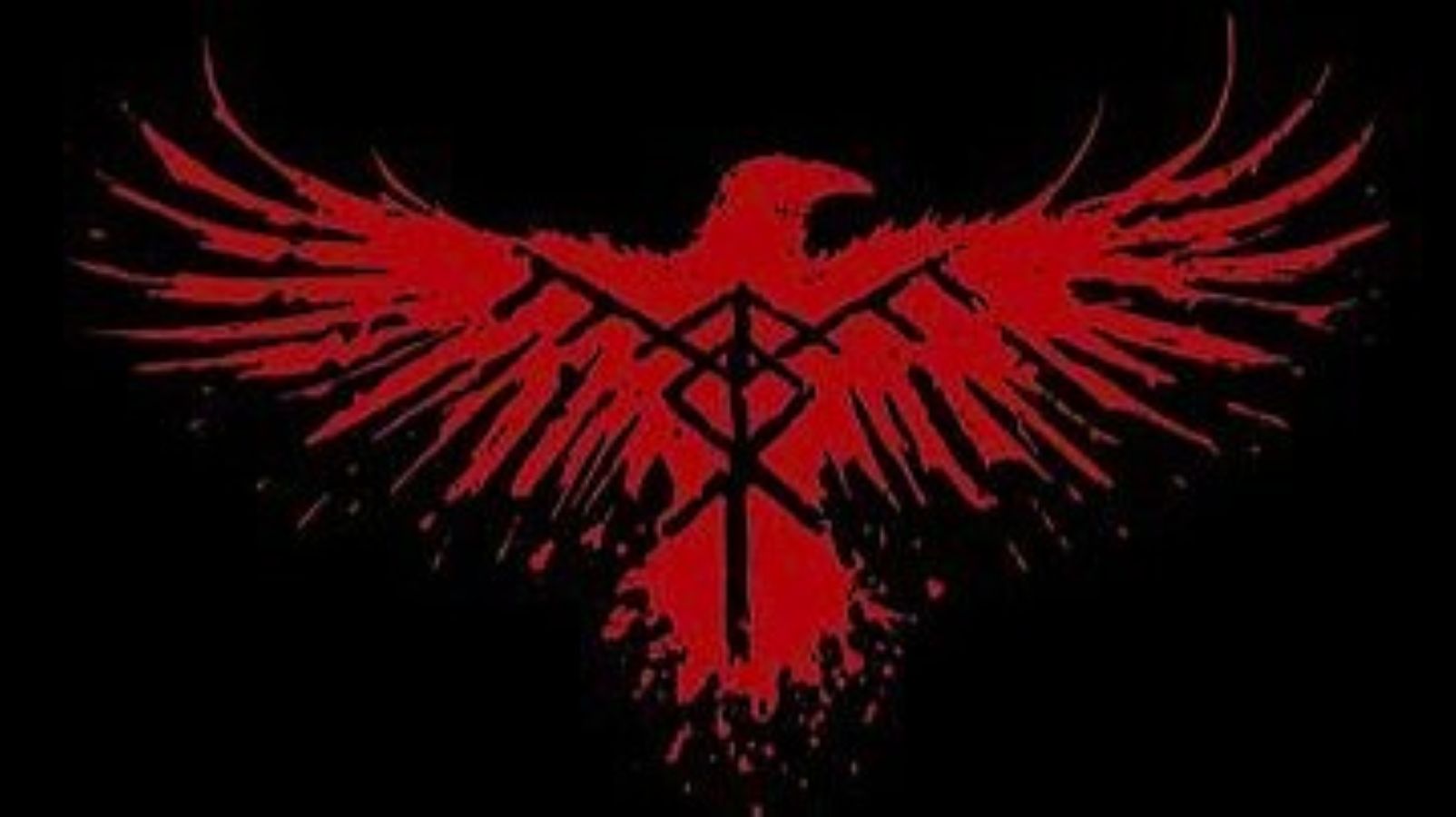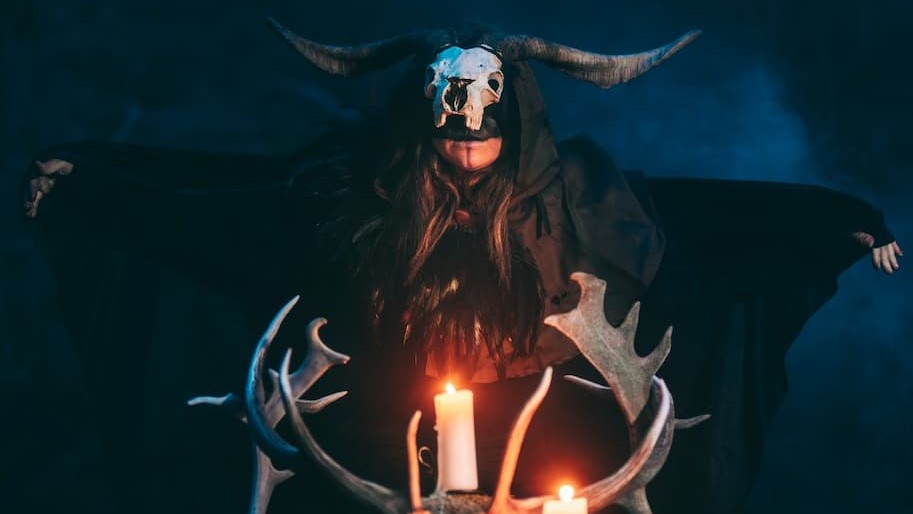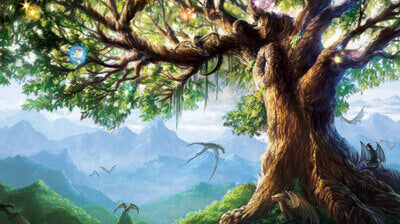
The story of Yggdrasill, the Norse Tree of Life, and its Nine Worlds
One of the names I mentioned quite frequently in my previous writing was "Yggdrasil".
I mentioned it in the story of Odin's sacrifice for wisdom, in the story of the Gods vs. Giants, and even in the post about some of our favorite Norse tattoos since it's one of the most iconic symbols in Norse religion and its tattoos are widely popular.
To be fair, that's no coincidence or intention to exaggerate the importance of this entity. In fact it's the most important entity in Norse culture and it's the center of the cosmos.
For this reason, a single email or article won't be enough to say everything we want to say about Yggdrasil, so we will divide it into two (or more) parts.
What is Yggdrasill?
The literal meaning of the Old Norse word "Yggdrasill" is a much debated topic. But the general consensus is that Yggdrasill represents the World Tree or Tree of Life in Norse religion.
The concept of the "World Tree" or "Tree of Life" can be found in many religions that were so far apart geographically, particularly Indo-European religions, Siberian religions, and Native American religions.
Yggdrasill is an immense ash tree and the holiest of all trees and the center of the universe. Its branches extend into the heavens while its roots dig deep into the underworld.
And since it's the center if the universe, it connects all the Nine Worlds.

The nine realms in Norse cosmology are:
Helheim
Ruled by by Hel (Loki's daughter) and it's the land of the dead.
There is an old debate regarding the distinction between Helheim and Niflheimr because both are said to be home of the dead who didn't die in battle.

Svartálfaheimr
Land of the dwarves, the most skilled craftsmen in the nine worlds. They were the ones who made Thor's hammer (Mjölnir) as well as many of the other Gods' treasures (read more).

Múspellsheimr
This is the realm of fire.
It's home of the Eldjötnar (the Giants of fire) and is guarded by Surtr with his flaming sword.
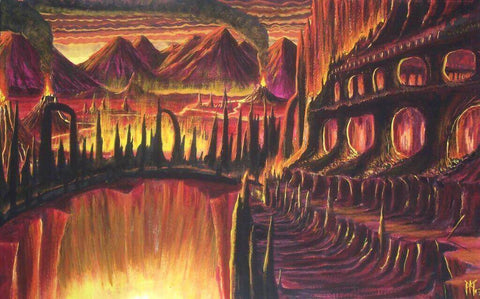
Vanaheimr
Home of the Vanir, another tribe of Gods associated with fertility, wisdom, and the ability to see the future.

Miðgarðr
Miðgarðr (Midgard) It’s the inhabited world.
It's where we, humans, live!
The name of this realm suggest that it's in the middle. But the middle of what?
Midgard is located in the middle of chaos (because it's surrounded by Jötunheimr).
This is also a representation of how land is surrounded by the ocean which, according to many religions and cultures is an element of chaos because of the monsters that dwell in it like Jormungand, the world serpent, and Aegir and Ran, the two giants who claim the lives of unfortunate seafarers.
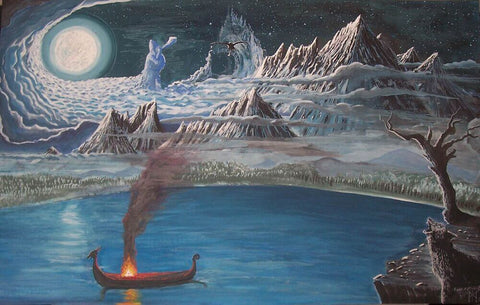
Jötunheimr
The land of the Jötnar or the "Giants".
It's the land "beyond the fence". It's a land of chaos, anarchy, and never-ending winter (the Giants were not necessarily giant in size nor were they pure evil. Read more to understand their nature and their role).
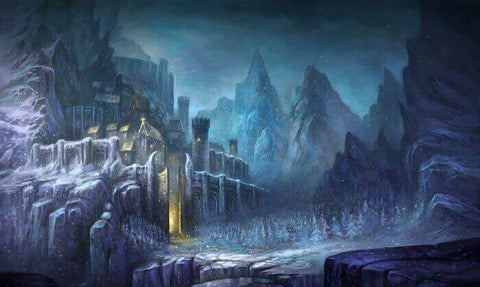
Niflheimr
The cold and misty world where those who die from illness or old age go.
It's the land of those who died a dishonorable death, that is, they didn't die in battle and were not worth of Valhalla.

Alfheim
Land of the elves.
The elves were demigod beings who are described as being luminous and “more beautiful than the sun". They're thus, along with their world, a representation of light, beauty, and the state of innocence.
Alfheim is the equivalent of a fairyland.
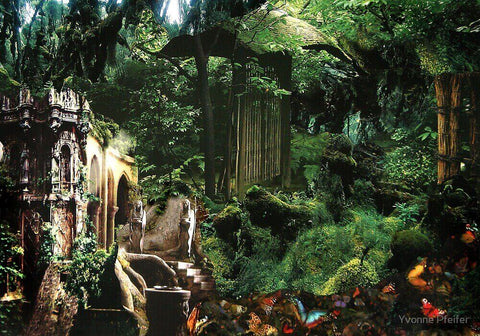
Ásgarðr
Asgard is the land of the Aesir Gods.
It's a the top of Yggdrasill and it's connected to Midgard by Bifrost (the rainbow bridge). Asgard contains many smaller parts and one of them is Valhalla!

Who lives in Yggdrasill?
Besides being the link between all the nine worlds, Yggdrasill itself was home to many creatures, but that's a story for another day!
I hope you liked it and I look forward to telling you about the creatures that live in Yggdrasill as well as its fate in the time of Ragnarök.
May Odin be with you!

